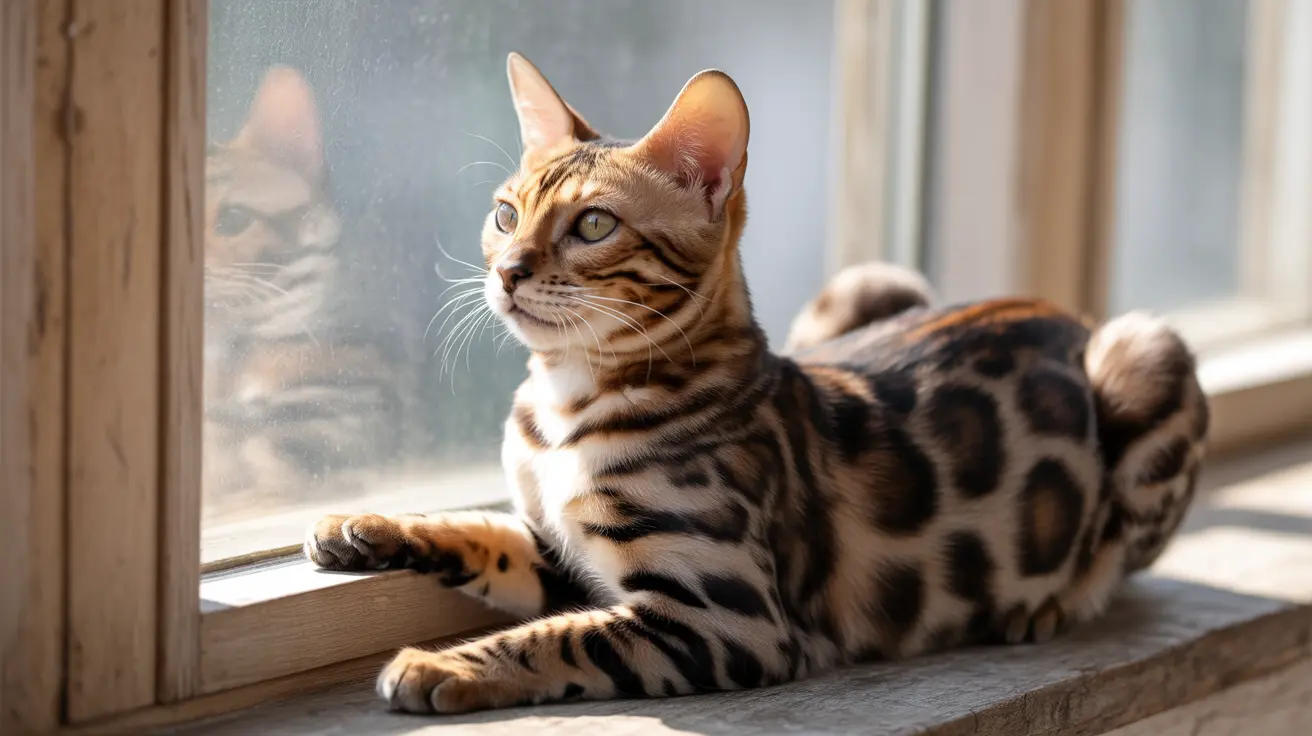The Science Behind Cat Lip Pigmentation
The color of cat lips is primarily determined by melanin, the same pigment responsible for fur and skin color. Two types of melanin play crucial roles: eumelanin, which produces black and brown colors, and pheomelanin, which creates red and yellow hues.
Specialized cells called melanocytes produce and distribute these pigments throughout the skin tissue, including the sensitive areas of a cat's lips. The concentration and distribution of these pigments create the various colors and patterns we observe.
Genetic Factors and Inheritance
A cat's lip color is largely inherited through complex genetic mechanisms. Multiple genes control pigmentation, including those responsible for base color, pattern distribution, and intensity of melanin production.
The agouti gene, for instance, influences whether a cat displays solid or tabby patterns, while the orange gene can affect overall pigmentation, particularly in orange or tortoiseshell cats. These genetic factors work together to create the unique appearance of each cat's lips and surrounding areas.
Health Implications of Lip Coloration
While most lip colorations are perfectly normal, certain changes can indicate health issues. Black spots appearing on previously pink lips might be benign lentigo, especially common in orange cats. However, sudden changes in color, texture, or the appearance of raised areas should prompt a veterinary consultation.
Regular monitoring of your cat's lip appearance can help detect early signs of potential health concerns, including:
- Oral infections
- Allergic reactions
- Inflammatory conditions
- Potential tumors or growths
Common Variations in Cat Lip Colors
Cat lips can display several normal variations:
- Solid black lips (most common in dark-coated cats)
- Pink lips (often seen in white or light-colored cats)
- Mottled or spotted patterns
- Age-related changes like lentigo
When to Consult a Veterinarian
While most lip colorations are harmless, certain symptoms warrant professional attention:
- Sudden color changes
- Swelling or inflammation
- Bleeding or ulceration
- Changes in eating habits or drooling
- Accompanying bad breath or difficulty eating
Frequently Asked Questions
Why do some cats have black lips while others have pink or mottled lip colors?
The variation in cat lip colors is primarily determined by genetics and melanin distribution. Black lips contain higher concentrations of melanin, while pink lips have less pigmentation. Some cats may show mottled patterns due to unique genetic combinations.
What causes black spots or freckles on a cat's lips and are they harmful?
Black spots or freckles on cat lips are often caused by lentigo, a benign condition especially common in orange cats. These spots are harmless and typically increase with age, requiring no treatment unless accompanied by other concerning symptoms.
How do genetics influence the pigmentation of a cat's lips and mouth?
Genetics control melanin production and distribution through various genes that determine color intensity, pattern, and overall pigmentation. These inherited traits work together to create each cat's unique lip coloration.
When should I be concerned about changes in my cat's lip color or texture?
While gradual changes are often normal, sudden alterations in color, swelling, ulceration, or accompanying symptoms like difficulty eating or excessive drooling should be evaluated by a veterinarian.
Are black lips in cats an inherited trait or a result of environmental factors?
Black lips are primarily an inherited trait determined by genetics. While environmental factors can influence some aspects of skin pigmentation, the basic color of a cat's lips is genetically predetermined.
Conclusion
Cat lips come in various colors and patterns, each reflecting their unique genetic makeup and health status. While most variations are completely normal, understanding these characteristics helps owners better monitor their pets' health and appreciate their distinctive features.
Regular observation of your cat's lip appearance, combined with knowledge of normal variations versus concerning changes, ensures you can provide the best care for your feline companion while maintaining their oral health.






